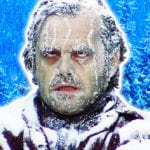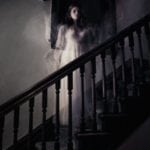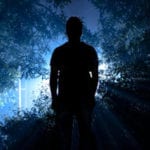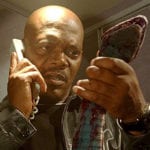 Music
Music  Music
Music  History
History 10 Less Than Jolly Events That Occurred on December 25
 Weird Stuff
Weird Stuff 10 Funny Ways That Researchers Overthink Christmas
 Politics
Politics 10 Political Scandals That Sent Crowds Into the Streets
 Weird Stuff
Weird Stuff Ten Bizarre Facts About The Doge Meme
 Our World
Our World 10 Ways Your Christmas Tree Is More Lit Than You Think
 Movies and TV
Movies and TV The 10 Coolest Stars to Set Sail on The Love Boat
 History
History 10 Things You Didn’t Know About the American National Anthem
 Technology
Technology Top 10 Everyday Tech Buzzwords That Hide a Darker Past
 Humans
Humans 10 Everyday Human Behaviors That Are Actually Survival Instincts
 Music
Music 10 Surprising Origin Stories of Your Favorite Holiday Songs
 History
History 10 Less Than Jolly Events That Occurred on December 25
 Weird Stuff
Weird Stuff 10 Funny Ways That Researchers Overthink Christmas
Who's Behind Listverse?

Jamie Frater
Head Editor
Jamie founded Listverse due to an insatiable desire to share fascinating, obscure, and bizarre facts. He has been a guest speaker on numerous national radio and television stations and is a five time published author.
More About Us Politics
Politics 10 Political Scandals That Sent Crowds Into the Streets
 Weird Stuff
Weird Stuff Ten Bizarre Facts About The Doge Meme
 Our World
Our World 10 Ways Your Christmas Tree Is More Lit Than You Think
 Movies and TV
Movies and TV The 10 Coolest Stars to Set Sail on The Love Boat
 History
History 10 Things You Didn’t Know About the American National Anthem
 Technology
Technology Top 10 Everyday Tech Buzzwords That Hide a Darker Past
 Humans
Humans 10 Everyday Human Behaviors That Are Actually Survival Instincts
Top 10 Movies That Have Been Banned Around The World
Throughout film history, local, state, and national governments have stopped movies from being shown in theaters. This may seem like a violation of a director’s freedom of speech. But some of these movies have been banned for good reasons—others, not so much. In at least one case, the director decided to limit the viewing of his own movie. Regardless of the reasons, controversies over banned movies are intriguing and often create their own dramas.
10 A Clockwork Orange
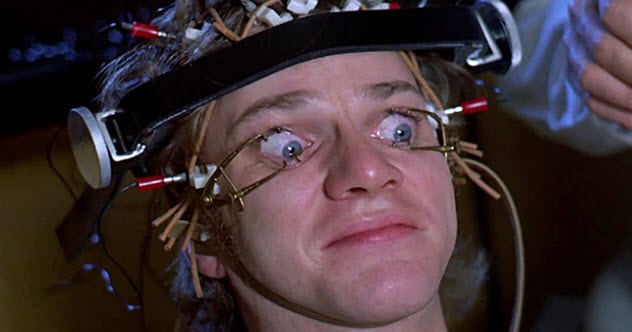
Directed by Stanley Kubrick, A Clockwork Orange depicts rape, brutality, and violence in future Britain. This movie follows Alex DeLarge, a charming psychopath, and his twisted path of crime and therapy.
Released without cuts in Britain in 1971, controversy erupted over the on-screen violence. Soon, the British press began writing articles about “copycat” crimes based on the movie. Kubrick then limited the release of his movie until 1973 when it arrived in the United States. It did not create as much controversy in the United States because the film’s setting was in Britain.
During this time, people believed that this movie glorified violence and sparked crime in Britain. In 1973, a Dutch girl was raped by men who sang “Singing in the Rain” just like DeLarge does in the movie. Kubrick then cut 30 seconds of footage to receive an R rating (contrasting with the movie’s previous X rating).
A Clockwork Orange was banned in Britain for 27 years. In 2000, an uncut version was released again on British screens. Based on a novel, this movie distorts the views of society and still makes viewers cringe in their seats.
9 Scarface: The Shame Of The Nation
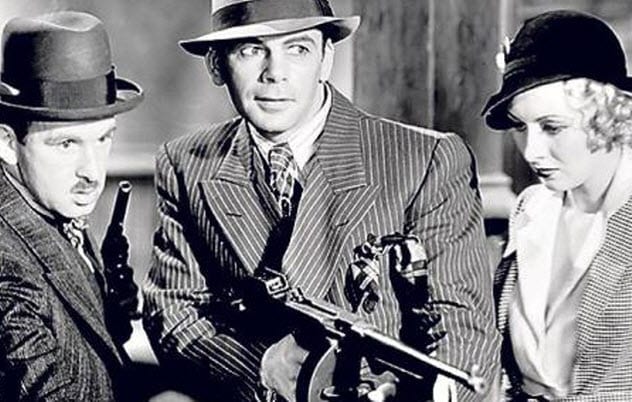
Not to be confused with the 1983 film starring Al Pacino, Scarface: The Shame of the Nation was scheduled for release in 1932 by coproducer and director Howard Hawks. This film depicted the violent crimes of gangsters in the 1930s and was banned in several states in the US as well as Nazi Germany. It was not until 1979 that the film was fully released to the American public.
Gangster films were popular in the 1930s. But due to the ethics this movie tested, United Artists did not release it in multiple states. The viewing was also delayed in Chicago because gangster culture was growing in the city during that time.
This film received no nominations but was based on the 1930 novel, Scarface, by Armitage Trail. It depicted the violent life of gangster Al Capone, even though Capone was in jail during the time of the film.
8 Monty Python’s Life Of Brian
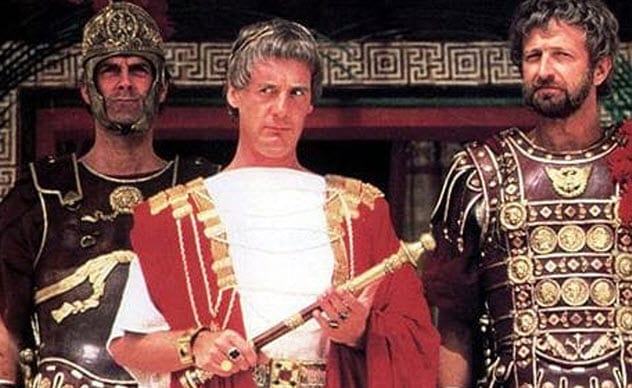
Released in 1979, Monty Python’s Life of Brian was banned in the UK due to its X-rated biblical satire. Many believed this film was poking fun at Christianity by depicting a Jewish character being worshiped and crucified by Romans. One of the film’s taglines stated, “A motion picture destined to offend nearly two thirds of the civilized world. And severely annoy the other third.”
Directed by Terry Jones, this film follows Brian, who was born on Christmas and finds his way to being worshiped as the messiah. While Monty Python aimed to create a satire of biblical films, people were ultimately offended by how the movie made fun of religion.
This film was released in 1979 in the United States and made $26,376 on its opening weekend. The Monty Python movies were popular comedies during their time. But parts of the UK felt that the movies had taken their jokes too far in offending a large religious population.
7 Hillary: The Movie
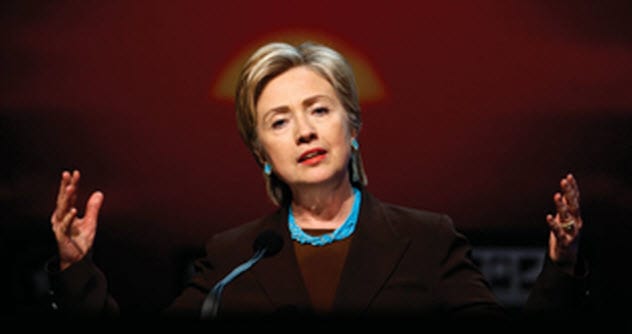
In 2008, Hillary: The Movie was made by Citizens United, a nonprofit conservative group, as a critical look at the 2008 US presidential candidate Hillary Rodham Clinton. The film depicts Hillary Clinton in archived video along with many interviews, articles, and reports that peer into her life up to 2008.
As corporate contributions partially funded the creation of the movie, the Federal Election Commission (FEC) banned the film until the 2008 election was over. The FEC believed that the film was subject to campaign finance restrictions for corporations under the McCain-Feingold law. It was argued that the film was going to be used to raise campaign dollars for Republican candidates.
When Citizens United took the FEC to court over the decision, a lower court judge laughed the nonprofit’s case out of court. But Citizens United v. FEC ultimately made it all the way to the US Supreme Court, where the two sides argued the issue of freedom of speech versus corporate campaign contributions.
In 2010, the Supreme Court decided 5–4 in favor of Citizens United. The justices ruled that corporations have the right to free speech under the First Amendment just like individual voters. It was deemed unconstitutional to stop a corporation from using its money to exercise its right to free speech in support of or opposition to a political candidate.
6 The Last House On The Left
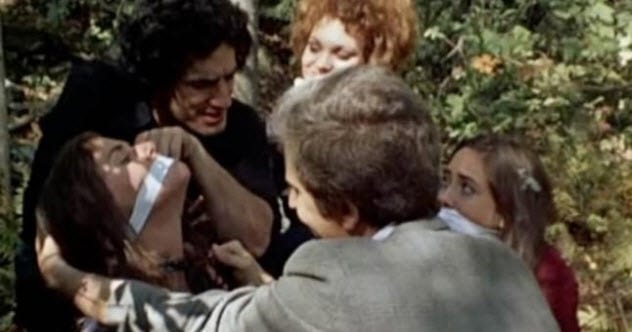
Directed by Wes Craven, The Last House on the Left was produced in 1972. This movie depicted the abduction, rape, and murder of two teenage girls by a group of psychopaths.
Rejected by both the British Board of Film Classification (BBFC) and Greater London Council (GLC), the film was not released for screening in the UK. In its letter of rejection, the BBFC stated, “We can find no redeeming merit, in script, in acting, in character development, or in direction, which would lead us to feel that this muddly [sic] film is worth salvaging.”
This film was released for a short time in 1982 on VHS and then was released on DVD in 2002 with 31 seconds of video cut. In 2009, a remake was produced and made over $14 million in theaters in the United States. This film has since made its way to “cult classic” status despite its restriction in certain areas of the world.
5 Song Of The South
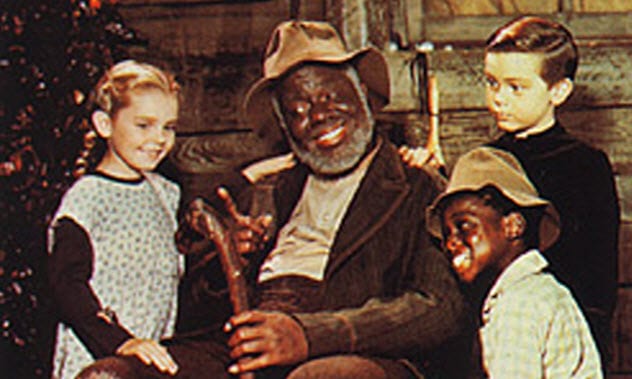
While this movie was never banned in the United States, it was withheld from the public by Disney due to the controversial depiction of African Americans. This live-action animated comedy also inspired a popular ride at Disney World called Splash Mountain.
This movie is still not officially available on DVD because of the stereotypes it depicts. The movie is said to minimize the issue of slavery. It was last released in theaters in 1986. It has also been released in many countries on video, but Disney has never released copies in the United States.
While Disney has allowed the movie’s soundtrack to be released, it was only included in the CD box set titled Classic Disney. As one of the most popular rides at Disney World, Splash Mountain is based on a movie that has been kept from viewers for many years.
4 The Texas Chainsaw Massacre
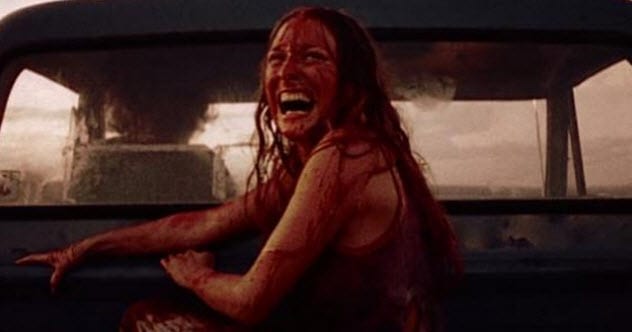
Directed by Tobe Hooper, The Texas Chainsaw Massacre was reviewed by the BBFC in 1975 and was overall rejected due to its intense violence and grotesque scenes. It was then viewed by GLC with 28 seconds cut and rated X for viewing in London. It was approved by some councils, but many chose to ban the film in its entirety. Then, in 1988, the film was shown late at The London Film Festival.
Due to the opening credits, it was believed that this film was based on a true story. But Hooper denied this rumor. Many countries have outright banned this film, and others have released cut versions of it.
While it is not sexually disturbing, it is very violent and intense. Since The Texas Chainsaw Massacre‘s release, Hooper has released several sequels to this grotesque movie. It is notoriously one of the scariest slasher movies to date and is taught in film studies courses in many colleges.
3 E.T. The Extra-Terrestrial
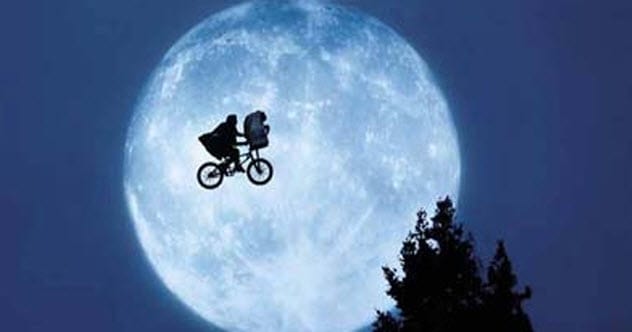
Surprisingly banned in Norway, Finland, and Sweden, E.T. The Extra-Terrestrial was restricted from children because it was said to have shown adults as the enemy of children. The official age limit was eight in Finland and 12 in Norway and Sweden.
However, this film was a popular hit among US audiences, making almost $12 million during its opening weekend in 1982. E.T. Adventure has also become a popular ride attraction at Universal Studios Florida. This film has since become an American classic and can be found in many American homes.
E.T. depicts a kind alien and a young boy on their journey to finding a way to get E.T. home to his planet. While the movie is rated PG in the US, officials in Norway, Finland, and Sweden believed that it could negatively affect young viewers.
2 The Exorcist
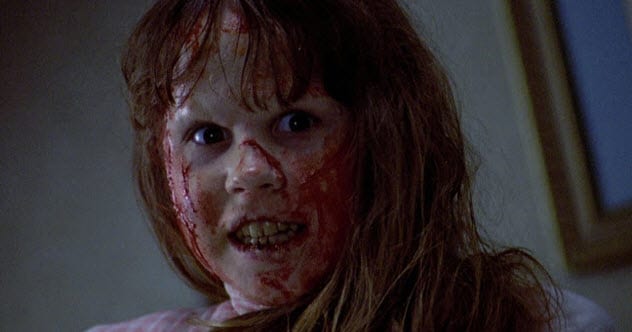
For 11 years in the UK, The Exorcist remained unavailable for viewers due to the nature of the movie. Released in 1973, this film depicts a 12-year-old girl as she is possessed by a demon. Her mother is worried about the girl’s behavior, so the mother enlists the help of two priests to fix her daughter.
Even though this movie originally received an X rating and was shown in theaters, the movie was taken off the shelves and no longer processed for VHS because it might be seen by younger viewers. The 12-year-old possessed girl in the movie was feared to be too inappropriate for potential young viewers since there was no way to regulate at-home viewing.
In 2010, a DVD version of the movie was passed for viewing due to the progression of special effects and filmmaking techniques. Since 1973, technology had changed the way special effects were seen, so it was agreed that viewers who grew up in the age of new special effects would not be as affected by the film’s content.
This movie is now rated R for strong language and disturbing images and is available in many countries. It has since found its way into the “classic” scary movie category and has even been used as a theme for a Universal Studios haunted ride attraction.
1 The Interview
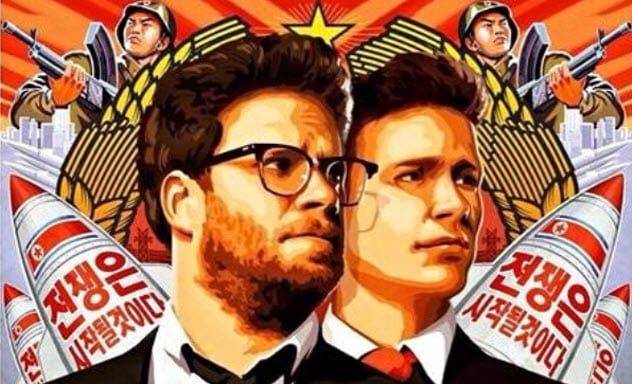
The Interview stars Seth Rogan and James Franco and follows their comedic encounter with North Korea. While this film was supposed to make audiences laugh, it depicts the two main characters being hired by the CIA to assassinate Kim Jong Un, the leader of North Korea.
North Korea felt this film was promoting violence against their country, so the film was not allowed in some theaters. Much of the film that was released for livestream was cut and censored because of the upset it caused in North Korea.
This movie premiered in the United States in 2014 but then was restricted to the Internet later that year. Many major theater chains in the US had delayed or canceled screenings after the threat of violence from hackers.
While Rogan and Franco felt that The Interview didn’t promote violence, North Korea did not want Sony to mass-release the film. It has been released in many other countries for online viewing, but it is not available in North Korea.
If I am not writing, I am probably petting a dog somewhere.
